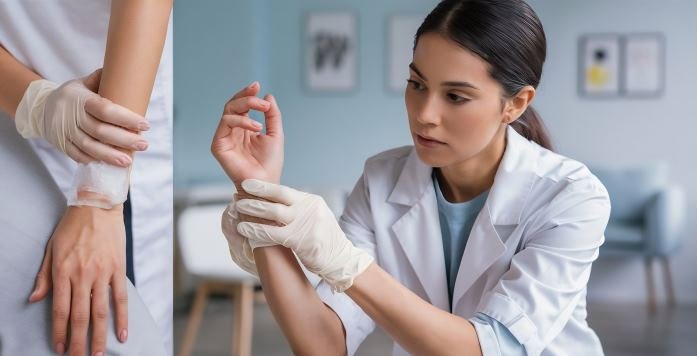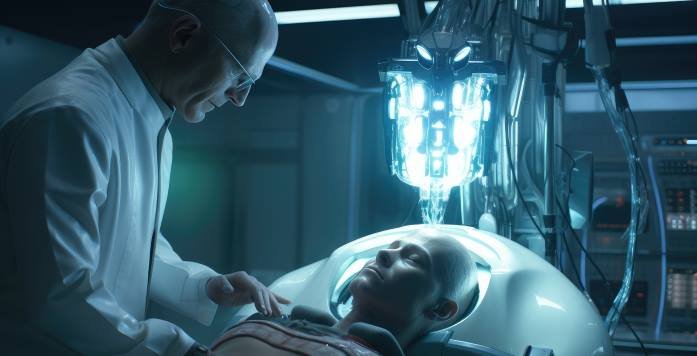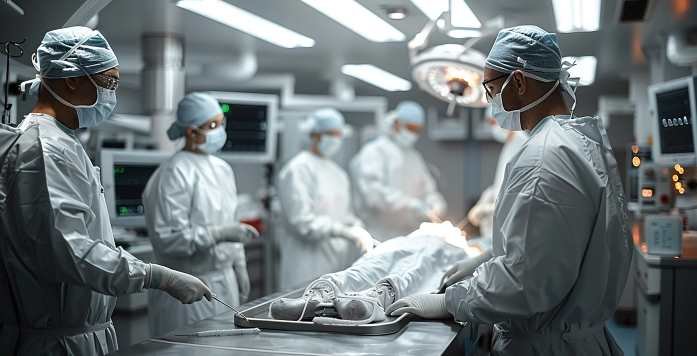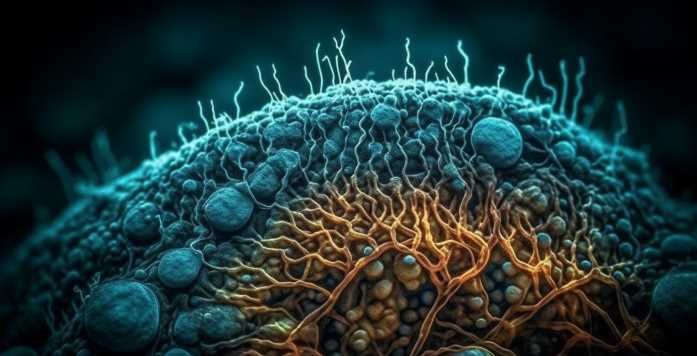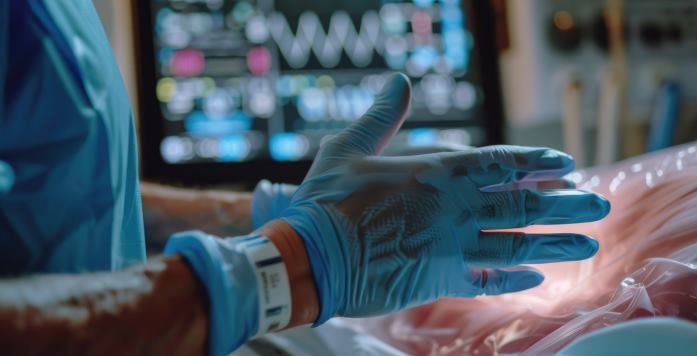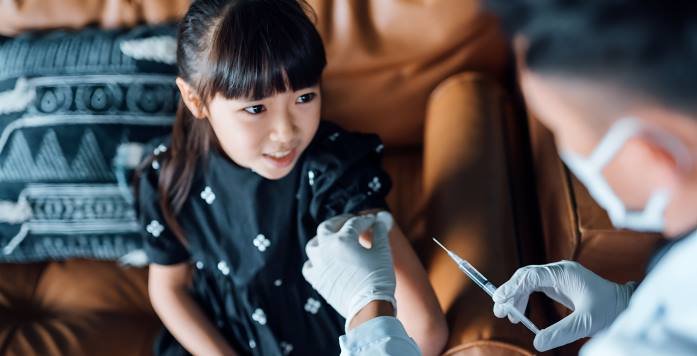Advanced wound care technologies and therapies
Advanced wound care technologies and treatments are revolutionizing the way we heal. It covers bioactive dressings, growth factors, and cellular therapies designed to promote wound closure and tissue regeneration. Discussions will focus on mechanisms of action, indications and clinical efficacy. Novel treatments such as negative pressure wound therapy, hyperbaric oxygen therapy and electrical stimulation will also be explored, demonstrating their applications and benefits. These sessions will equip healthcare professionals with the latest knowledge and tools to enable them to provide cutting-edge care and optimize patient outcomes in wound treatment. Biologically active binding.
- Growth Factors & Cellular Therapies
- Mechanisms & Efficacy
- Emerging Technologies
- Hyperbaric Oxygen Therapy
- Electrical Stimulation
- High-Tech Solutions
- Modern Wound Care Approaches
- Futuristic Wound Care Techniques






